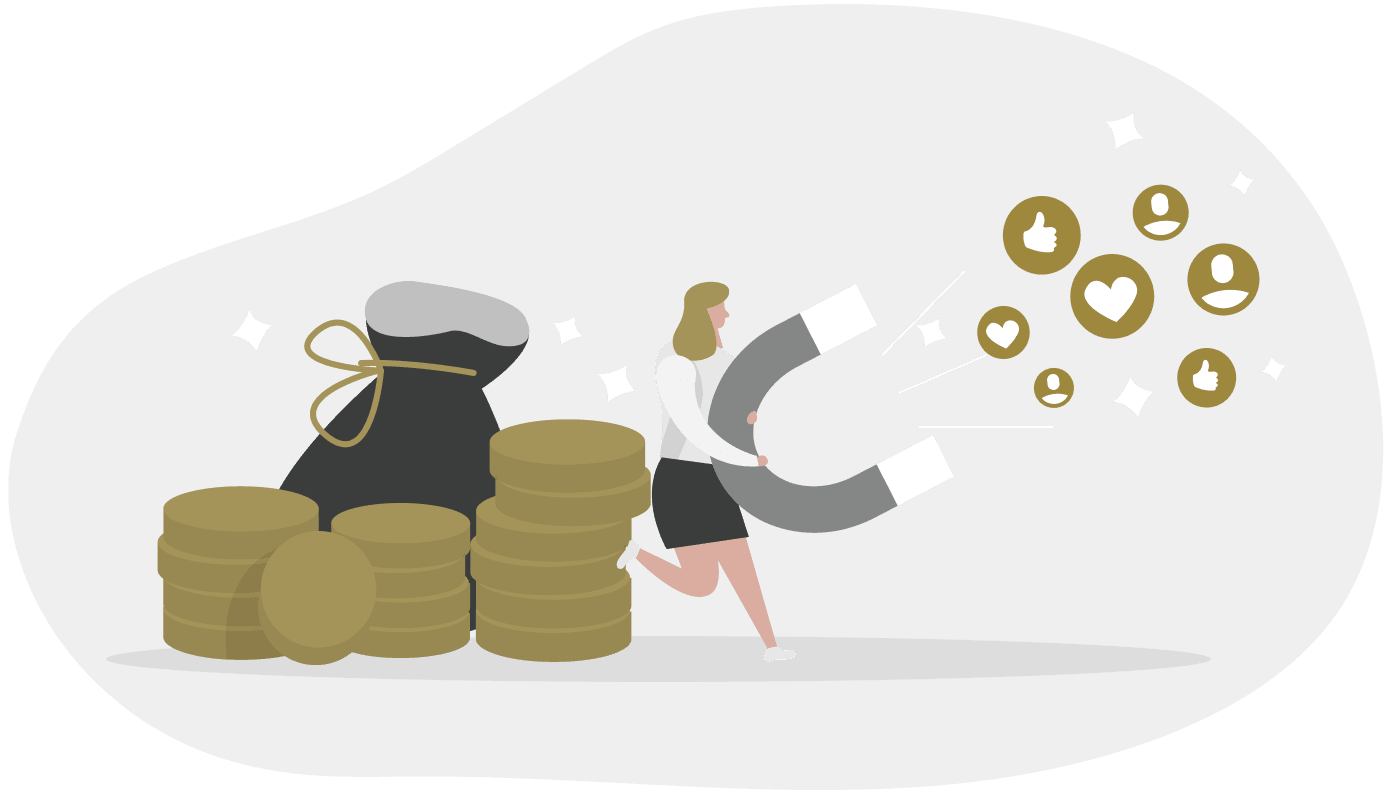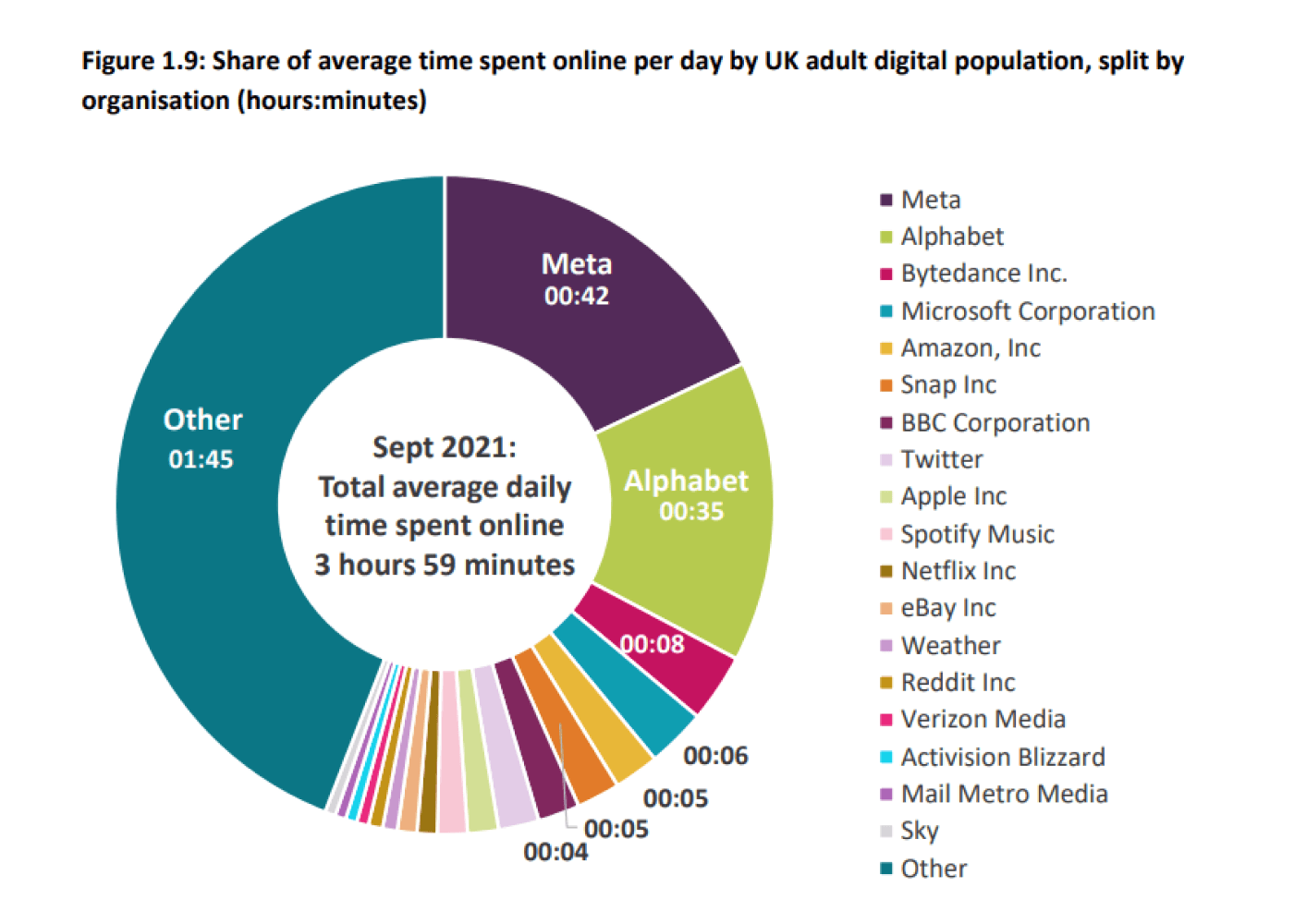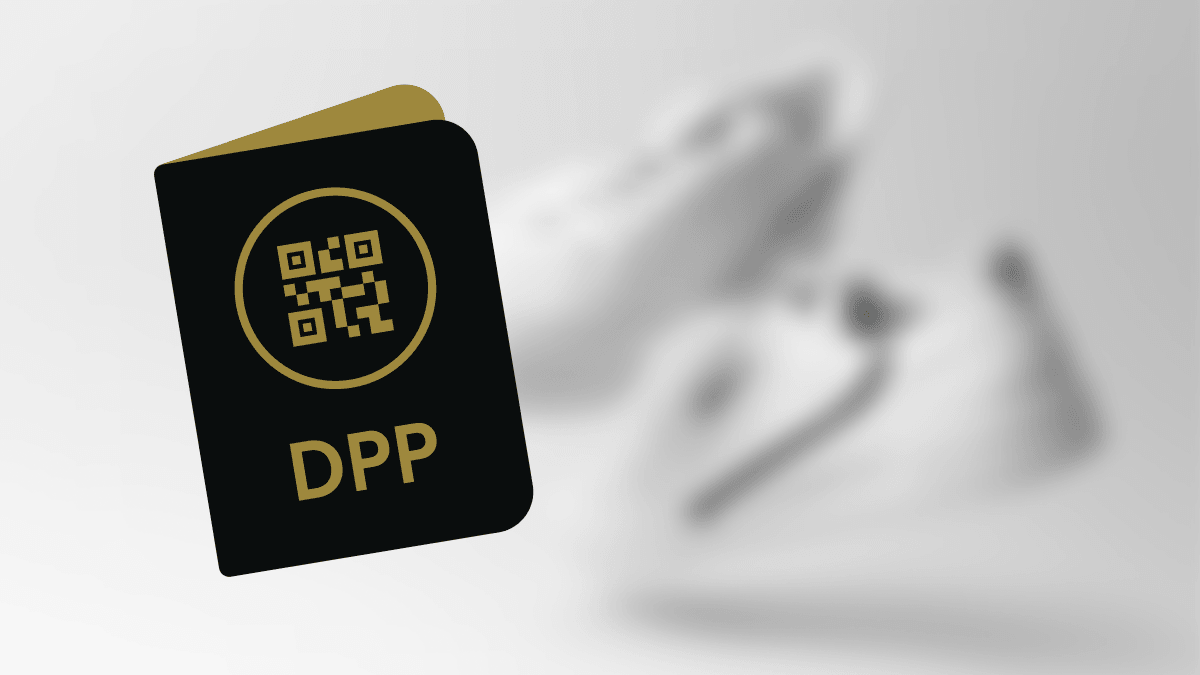
4 ways to reduce rising customer acquisition costs in ecommerce

As buyers use more channels to make purchasing decisions, organisations must stop focusing on the ‘purchasing funnel’ and start looking at the holistic omnichannel experience.
Customer acquisition costs have risen steadily in the last few years, affecting ecommerce profitability. In an economic downturn, panic churn drives up the cost of acquisition even more, and brands must work harder to win new customers and retain existing ones. With an ever-growing number of digital channels, those who spread themselves too thin will struggle to keep up. Companies can ease the strain, reduce costs and deliver better customer experiences (CX) by redesigning sales strategies and adopting new technologies.

Why are customer acquisition costs growing?
Sales leads are slowing. Conversion rates are lowering. Winning new customers takes more time and energy. In an economic downturn, customer acquisition naturally gets more expensive, but it’s not just the economy driving up costs.
Your sales strategy may be outdated
Most people view sales as a ‘pipeline’. The traditional AIDA sales model (Awareness, Interest, Desire, Action) assumes buyers move through a sequential or linear funnel. This line of thinking considers different ‘touchpoints’ a consumer might have. From marketing to sales and customer service, touchpoints create silos where different teams are responsible for a snapshot of customer interaction, and no one is responsible for the holistic experience. More silos mean more opportunities for misalignment and customer confusion, losing potential customers and increasing costs. To reduce these costs, companies must understand how customers move through multiple parallel streams and refine the experience through continuous measurement and alignment.
More channels means more investment
More and more digital channels are emerging every day. Google, Meta and Amazon, some of the biggest websites and apps in the world, account for just 33% of total time spent online. To be seen, brands need to spread themselves across several channels and do it consistently. “Customer acquisition costs have increased by as much as 60% in the last five years according to industry estimates”, says BusinessWire. More channels mean more content - and more time spent publishing. The result? A direct impact on the cost of customer acquisition.

Less accurate data increases campaign costs
In addition to the demise of third-party cookies and increased consumer privacy, legislation such as GDPR is making digital advertising less targeted, more expensive and less effective. Companies must instead focus on collecting consent and first-party data, which means offering something of value to entice audiences to relinquish valuable contact information. Whether it’s an event, webinar, framework or downloadable report, producing content of this kind takes time and effort and puts pressure on limited marketing resources.
B2B buyers want B2C-like experiences
Seventy-three per cent of B2B buyers now want B2C-like experiences. Instead of new orders taken over the phone, fax or email, B2B buyers want easy-to-use ecommerce portals with repeat purchase options, accessible billing and digital transaction history. This is expected to grow as Millennials, Generation Z, and other digital natives continue to shape the future of business. These buyers will quickly replace an existing vendor with a competitor that offers more frictionless B2C-like capabilities - making it paramount for B2B companies to prioritise these experiences to win over new customers and keep existing ones. Without them, traditional sellers will continue losing new customers to competitors - driving up acquisition costs.
Strategies to combat rising customer acquisition costs
To combat rising acquisition costs, brands and retailers should take a multi-faceted approach that includes focusing on existing customers, engaging people across different channels and adopting new tools to ensure consistent experiences - both in-person and online.
1. Focus on retention and loyalty
Retention reduces customer acquisition costs. Instead of allocating time and resources to acquiring new customers, focus on keeping the ones you have. That means offering sustained value over time, ironing out customer issues quickly, identifying those likely to leave and enticing them to stay, and rewarding loyalty with benefits. If you have a mobile app, tap into it. 87% of retailers agree that their app users are more loyal and have a higher lifetime value than non users. Apps drive customer loyalty by improving the UX with features like reward programs and self-checkouts. Happy customers will advocate for you and do the work of acquiring new customers on your behalf.
2. Engage people across multiple channels
Meet your customers where they are and deliver consistent messaging that clearly communicates product or service benefits. This means publishing consistent content across websites, social media, mobile apps and more. If you have a traditional CMS and want to post content on a website and mobile app, you’ll need to publish it twice - a labour-intensive process prone to human error. As new technologies like VR emerge, the scope will increase.
Composable architecture saves time and energy by seamlessly integrating a wide range of commerce services and systems, such as B2B marketplaces, social sales platforms, smart devices, and newer touchpoints like IoT and virtual reality applications. Publishing everything from one platform reduces the operational costs of acquiring new customers.
3. Deliver consistent experiences
Sixty per cent of consumers in the UK like to visit stores to see or touch products even if they plan to buy online, which is higher compared to last year, says Think with Google. Yet one of the biggest turn-offs is conflicting product information across online platforms and physical stores.
By prioritising tools and strategies that tell coherent stories across platforms - from in-store digital signage to shoppable videos and next-gen tech - companies can unlock more opportunities to sell. Composable architecture ensures consistent messaging by making it possible to publish content in multiple places, all from one backend. The result? More consistency, fewer drop-offs and a decrease in acquisition costs over time.
4. Align sales processes with your digital tools
Traditional sales strategies emphasise salespeople meeting sales goals to achieve individual incentives. Today, the role of sales isn’t simply to sell; they need to deliver exceptional value and curate stellar customer experiences. The best salespeople leverage online and offline resources to understand the needs of their buyers better, tailoring their offering to balance business and customer needs to develop loyalty over time. To be successful, salespeople need access to the right digital tools and data. Equipping these tools can lower customer churn and the cost of acquisition.
Conclusion
The pathways buyers use to reach purchasing decisions are becoming more unpredictable. The funnel is no longer linear, yet many sales teams still follow outdated models. To be successful, B2B and B2C companies need to synchronise customer communication across an ever-growing number of channels. To deliver seamless experiences across parallel purchasing paths, businesses need the right digital capabilities to effectively and efficiently coordinate messaging. To win new customers, brands must focus on creating value, addressing pain points and seamlessly communicating product or service benefits.
Share:
Related articles
See all


Exploring composable commerce at MACH Three New York
